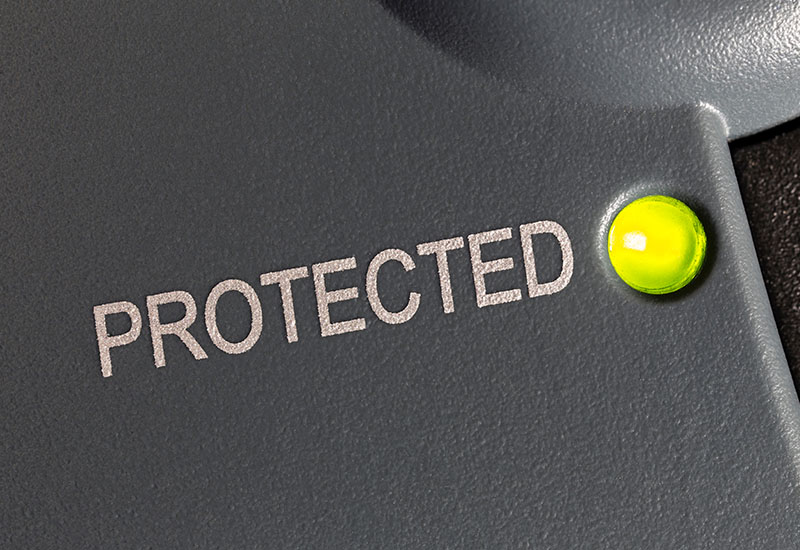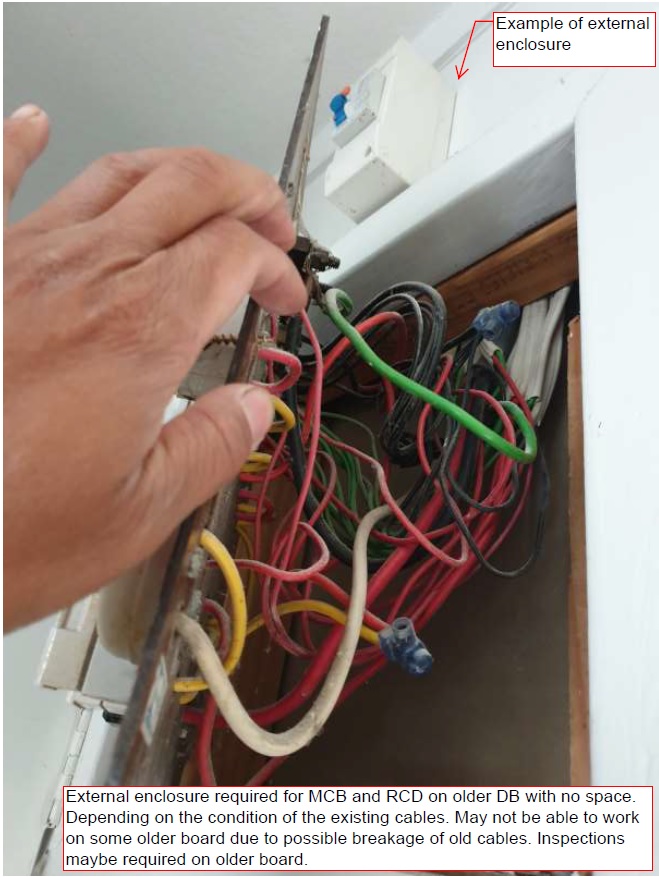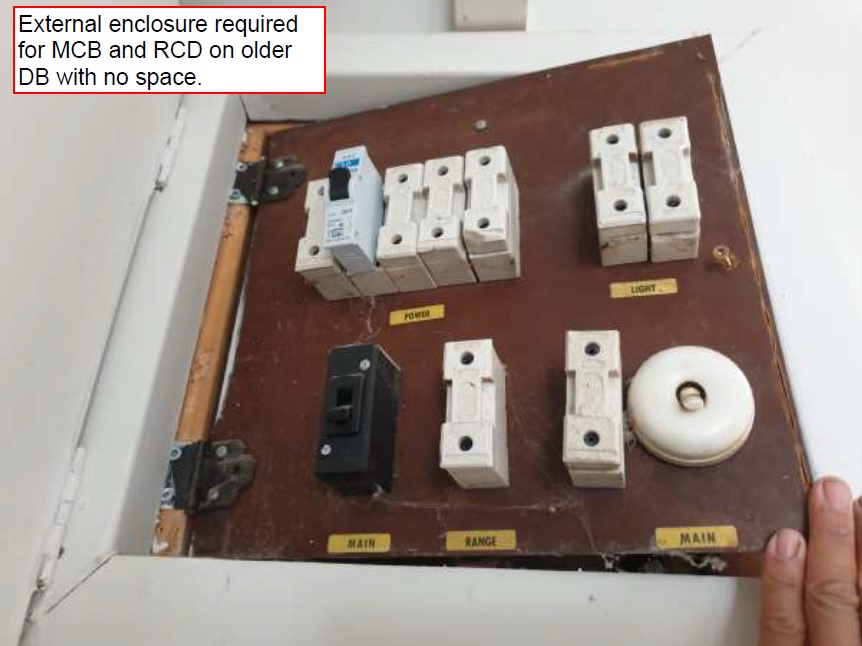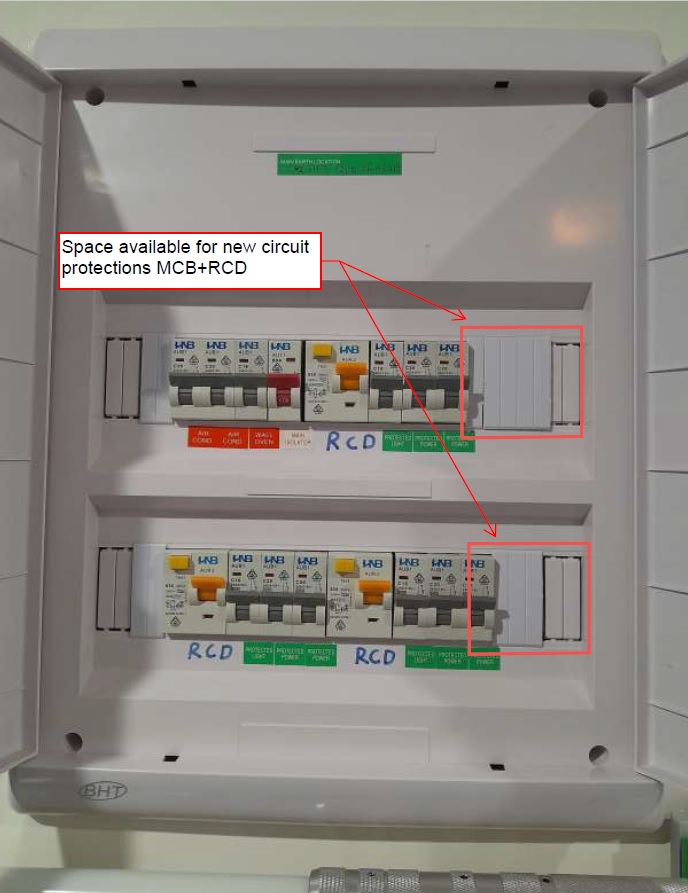Lightning & Surge Protection
Building and Power protection
Surge Protective Devices (SPD) are used to protect an electrical installation, which consists of the consumer unit, wiring and accessories, from electrical power surges known as transient overvoltages. Lightning and surge protection devices work by routing voltage surges and spikes away from the electrical components they are protecting and dispersing them to ground.


Lightning is known to be the most significant source of surges and has been recorded to have a million to a billion volts and between 10,000 to 200,000 amps. However, lightning only makes up a portion of all transient events in a facility. Because transients can originate from both external sources (like lightning) and internal sources, facilities ought to have both a lightning protection system and surge protection installed. A lightning protection system protects a structure from a direct lightning strike and consists of an Air Terminal, Down Conductors, grounding system and bonding.
A surge protective device (SPD) is designed to protect electrical systems and equipment from surge and transient events by limiting transient voltages and diverting surge currents. Both types of protection are required in a building as it is estimated that 65% of all transients are generated internally within the facility by switching of electrical loads such as lights, heating systems, motors and office equipment.









